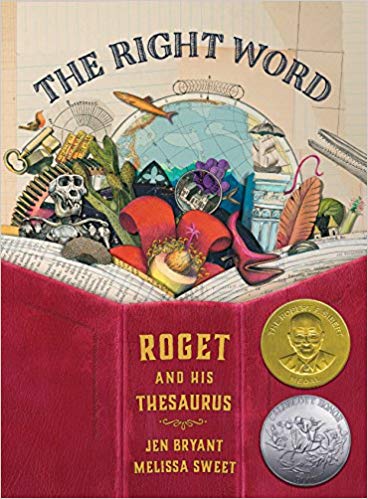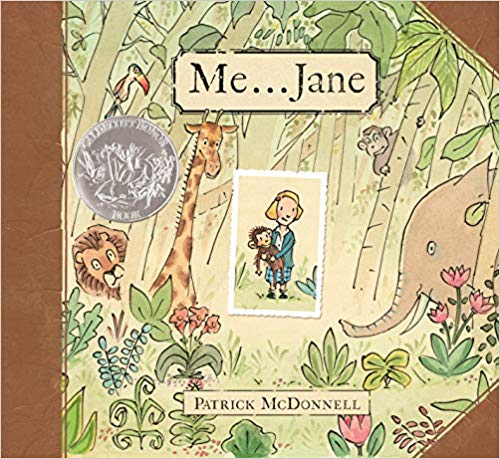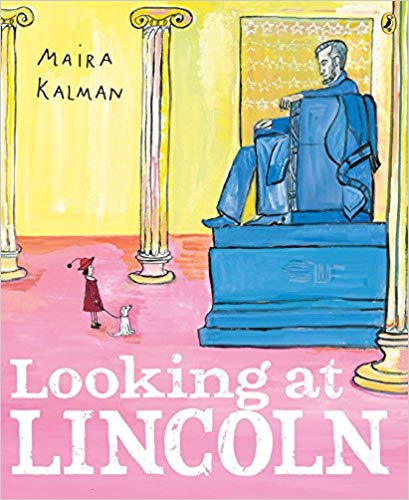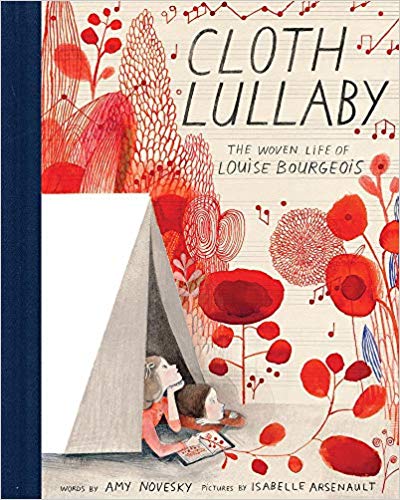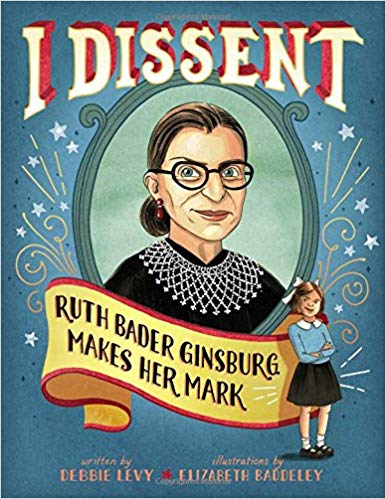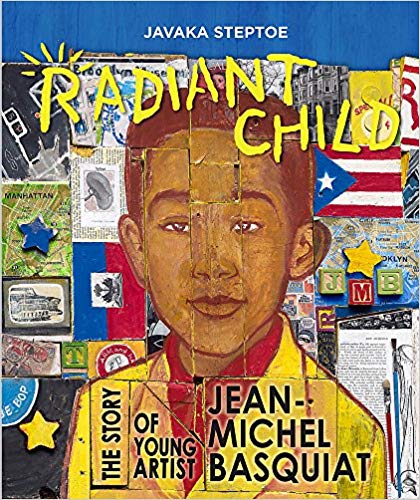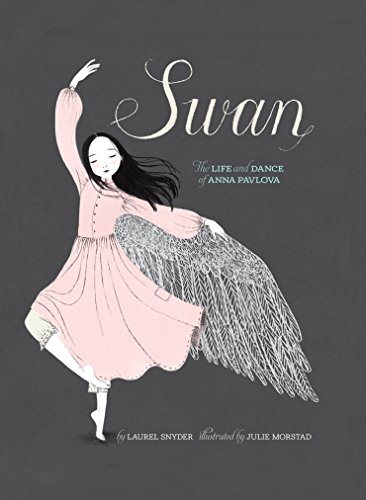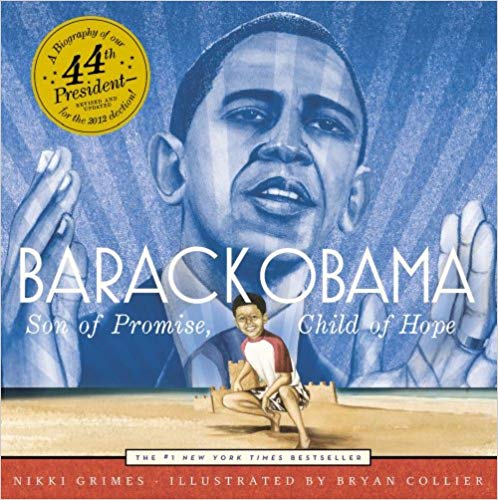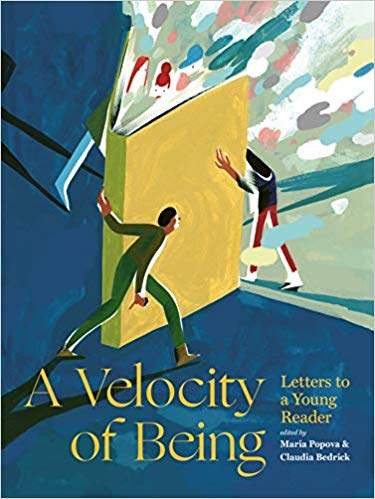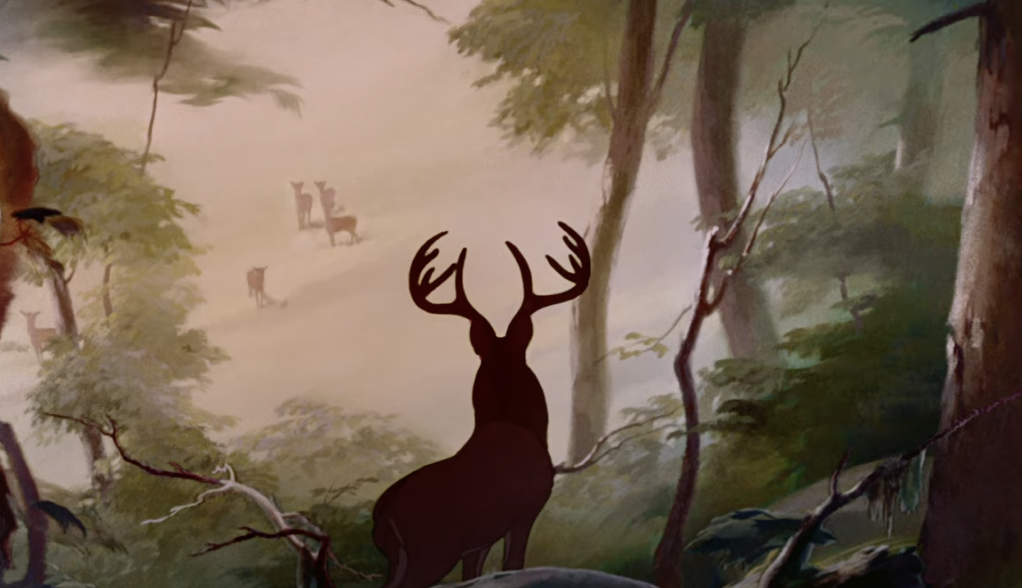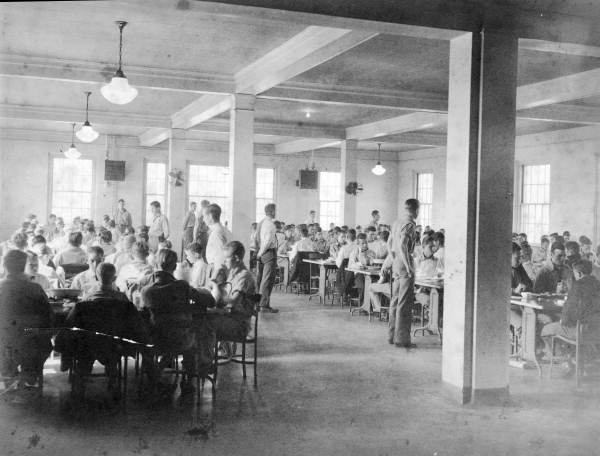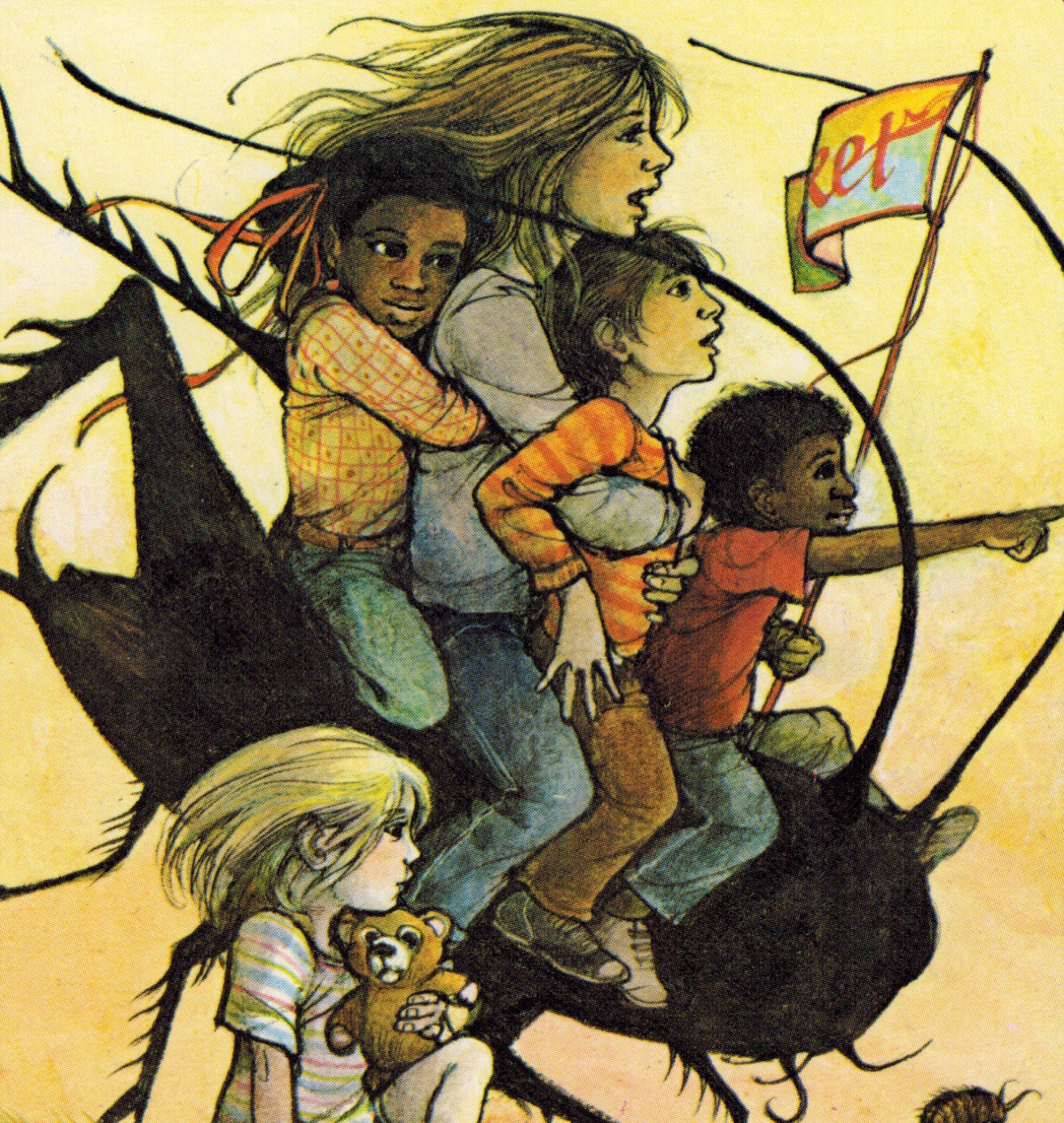Reading Lists
You Should Be Getting Your Biographies in Children’s Picture Book Form
8 (and a half) nonfiction books to rip from kids' grubby little hands
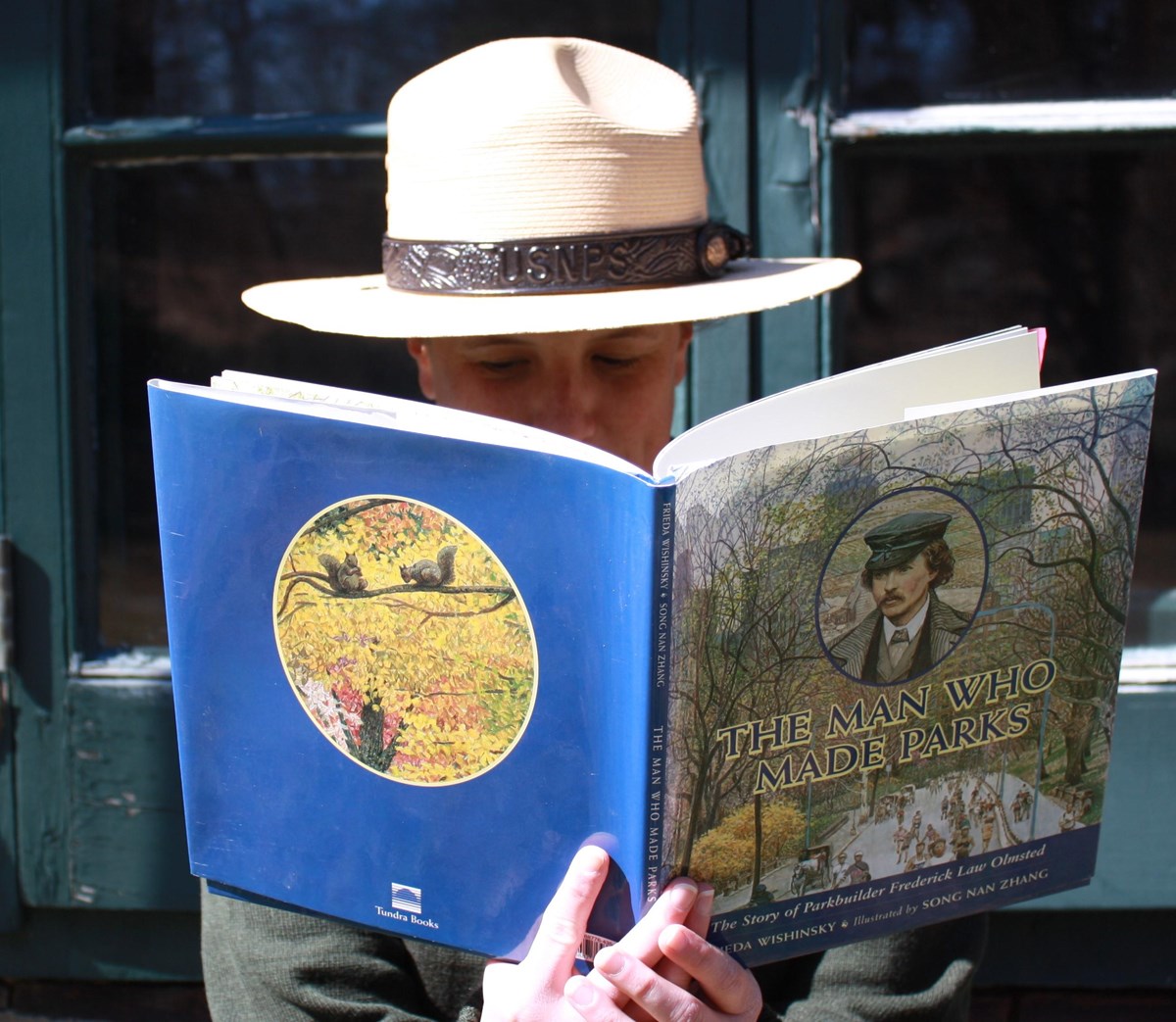
November is Picture Book Month, so these illustrated little gems are deservedly in the spotlight. In a recent blog post for Books Are Magic, novelist and bookstore owner Emma Straub curated a list of picture books. Among Straub’s picks for the best picture books of 2019 is a wonderful biography of Margaret Wise Brown—which also included a bold claim about this lesser known, sub-genre of Kid Lit: “Most picture book biographies are deadly boring. There, I said it!”
Well, I’m here to respectfully contest this! Emma Straub, a novelist I deeply admire, is like, totally wrong—and okay, also kind of right. It’s true that there are many sucky picture book biographies (let’s call them PBBs), just like there are many sucky books of every genre. The good news about bad books is that they only amplify the gloriousness of the excellent books by comparison. And there are many excellent picture book biographies out there.
In a very short time, you can learn about the most influential artists, intellectuals, politicians, and changemakers in history.
Reading PBBs is an amazing hack for readers who want to know the general beats of notable lives. In a very short time, you can learn about the most influential artists, intellectuals, politicians, and changemakers in history. But beyond acquiring facts and increasing your Jeopardy! score, what I relish most about PBBs is how they infuse history with much-needed empathy and emotion.
There’s also one more hidden benefit: reading them will make you a better writer. A biography in a picture book format is a master class in distillation. All writing involves making choices, sometimes excruciating choices, of what to leave in and what to leave out—but the art of a biographer takes this excision to the next level. And the scissory task of a picture book biographer is even more arduous: how to fit an entire life into a 32-page container. It’s no coincidence that some of the best PBBs have the fewest words.
Ultimately, I wonder if too many writers (and non-writers) stumble back into picture books only when they start procreating. So I’m here to say: there’s no need to wait to be a parent to (re)discover picture books. Go ahead and plunk yourself down on one of those miniaturized chairs in the children’s section of your local library with a fat stack of PBBs. Sure, you’ll be hella uncomfortable, and you might get some serious side eye from a sticky-fingered toddler suspicious of you infiltrating her turf, but trust me—it’s totally worth it. And hey, there might even be a tub of crayons waiting for you on those tiny tables.
Here’s a list of 8.5 of my favorite PBBs to get you started.
The Right Word: Roget and His Thesaurus by Jen Bryant and Melissa Sweet
This book is a word nerd’s and fellow list-maker’s dream. It’s the story of a shy, skinny Latin- and Linnaeus-loving boy who begins to compile lists of words to cope with the death of his father. As he grows up, Peter Roget continues to gather his epic collection of synonymous language, and becomes the creator of the almighty thesaurus, which I learned from this book (be still my geeky heart) means “treasure house” in Greek.
Fun factoid: Peter Roget was in fact, a doctor, and was only 19 years old when he graduated medical school in Edinburgh, Scotland in 1798.
Bonus book: Fans of the fantastic Bryant-Sweet collaboration will also devour their book A River of Words: The Story of William Carlos Williams.
Me…Jane by Patrick McDonnell
This is one of the sweetest books on this list (and maybe ever), but don’t let the tenderness fool you—the sparseness and economy of this storytelling, in its ability to pack both a biographical and emotional punch, is pretty astounding. The story begins with Jane Goodall, as a little girl, and her loyal companion, Jubilee, a stuffed toy chimpanzee. Together they comprise a dynamic duo on the hunt for joy and wonder, as they spy on the miracle of life in Grandma Nutt’s chicken coop. Readers are transported into the inner life of a little girl who dreams about helping animals in Africa, and then realizes these dreams. Jane, of course, grows up to be one the world’s foremost experts on chimpanzees. But still, beware of the last page: it pulls off a sudden and remarkable narrative and visual turn. Your heart might leap out of the book and right onto the page.
Fun factoid: Jane Goodall quite literally read her way into her future, reading and re-reading Tarzan of the Apes, about another girl named Jane.
Looking at Lincoln by Maira Kalman
Famed writer-illustrator Kalman is one of my all-time favorite artists, and she doesn’t disappoint with her bright take on the legacy of Abraham Lincoln. With her signature mix of wit, whimsy, and that unmistakable handwriting, readers are in for a treat. Kalman (or “the speaker”) inserts herself into the story at the very beginning of the book with a walk in the park. There, the narrator sees a man who looks familiar, and later, while paying her breakfast bill using a five dollar bill, realizes the stranger looks like Lincoln. This spurs a creative deep-dive into one of the most beloved American presidents (Kalman reveals over 16,000 books were written about him) and the result is this magnificent book. Beyond a very well-researched Lincoln mini-biography, the narrator continues to insert herself throughout the book to include pretty hilarious and delightful observations and riffs. I love how Kalman models what it means to be an engaged and curious human being and artist—how such a tiny moment or observation can grow. How a perceptiveness combined with wonder and a good dose library of research can be transformed into incredible art.
Fun factoids: Lincoln’s signature tall hat was apparently used as portable receptacle for the many notes he wrote and placed inside it. Also, if you take the second page of this book at face value—Kalman loves pancakes.
Bonus books: What began as a column in The New York Times turned into Kalman’s And The Pursuit of Happiness, a year-long artistic inquiry into American democracy. For more presidential artistry, here is an illustrated piece on George Washington. Kalman also wrote and illustrated the picture book, Fireboat: The Heroic Adventures of John J. Harvey, which tells the true story of a restored fireboat that was used during September 11.
Cloth Lullaby: The Woven Life of Louise Bourgeois by Amy Novesky and Isabelle Arsenault
Possibly one of the most ambitious and lush picture books I have ever encountered, this book engages all of the five senses in a reading synesthesia that ignites the whole body, firing the right and left sides of the brain and every chamber of the heart. Telling the story of artist and sculptor Louise Bourgeois, the book is particularly powerful in language and narrative arc. Bourgeois’s upbringing is fascinating, as she learns tapestry restoration from her mother, who is also her best friend. This is a searing tribute to the mother/daughter bond, particularly as Bourgeois reels from the death of her beloved mother, and uses art and weaving, as a way to try to make herself whole again and honor her childhood memories. Spiders delicately crawl through the pages as the inspiration behind the giant steel spider sculptures that Bourgeois is most known for as an adult artist. Novesky reminds us that these spiders are not scary, but sweet weavers—just like Bourgeois’ mother. They are the heartbreaking and healing art of a motherless child.
Fun factoids: At university, Bourgeois originally studied mathematics, and enjoyed subjects like geometry and cosmology, before focusing on art. PSA: artists (and girls) can also rock at math!
Bonus book: Novesky has a new PBB coming out in Fall 2020 called Girl on a Motorcycle, illustrated by Julie Morstad. It’s the story of Anne-France Dautheville, the first woman to ride solo around the world on her motorcycle in 1973.
I Dissent: Ruth Bader Ginsburg Makes Her Mark by Debbie Levy and Elizabeth Baddeley
From the streets of her 1940s Brooklyn childhood home to the halls of law school and then the Supreme court in her trademark collars, the throughline of this book is Ginsburg’s glorious history of dissenting, disagreeing, objecting, and resisting—her determination to fight injustice and change the world. Ginsburg was one of nine women in law school, and she tied for first place in her class. Her marriage to Marty Ginsburg, who was also a lawyer but managed to cook family dinners and master French cooking, is legit Couples Goals of epic proportion.
Fun factoids: Ginsburg got a D on her penmanship test because she was a lefty and her teacher forced her to write with her right hand. Her extracurricular life was pretty colorful too, and included baton twirling—but her voice was so bad, her teacher asked her not to sing aloud in chorus.
Bonus book: You can never get too much RBG: there’s another PBB that I also loved called Ruth Bader Ginsburg: The Case of R.G.B. vs. Inequality by Jonah Winter and Stacy Innerst.
Radiant Child: The Story of Young Artist Jean-Michel Basquiat by Javaka Steptoe
Radiant Child focuses on the childhood of self-taught artist Basquiat and his formative years in Brooklyn, with the encouragement of his mother, Matilde, who fed him poetry, jazz, and arroz con pollo. Tragically, Matilde is removed from the home due to her mental health issues, and this deep loss serves to fuel Basquiat’s dream to be a famous artist. We travel with him as a teenager to the Lower East Side, where the streets become his canvases. Basquiat’s graffitied art blazes the Big Apple, and eventually makes its way to the gallery walls of some of the world’s most famous museums.
Fun factoid: The medical textbook Gray’s Anatomy was an important influence in Basquiat’s work and was given to him by his mother as a child.
Swan: The Life and Dance of Anna Pavlova by Laurel Snyder and Julie Morstad
Swan is a deeply poetic and touching story about Anna Pavlova, a Russian ballerina, who grew up the daughter of a laundress in 1881. Written in intensely spare language, the words dance across the page in staggered lines and stanzas. Despite the fact that Pavlova did not fit the ideal ballerina body, with her “all wrong” feet, she still persisted and went on to become what some believe to be one of the greatest ballerinas of all time. Famous for her role in The Dying Swan, the metaphor of Anna as a bird is quite frankly breathtaking. The way the author uses this as a delicate device to allude to Pavlova’s tragic death closes this book with immense power and a bittersweet compassion.
Fun factoid: In her quest to bring art to everyone, Anna Pavlova traveled the world and performed in unconventional places like bullfighting rings.
Bonus book: Brave Ballerina: The Story of Janet Collins, by Michelle Meadows and Ebony Glenn, the story of the first African American prima ballerina to dance with the Metropolitan Opera House in 1951.
Barack Obama: Son of Promise, Child of Hope by Nikki Grimes and Bryan Collier
What makes this biography stand out is the unique narrative structure. This book is framed as a story within a story, as a mother and her son David watch Obama on television. As his mother narrates Barack’s story, the little boy interrupts the unfolding biography to ask his mother questions and to make astutely touching comments, in colorful text boxes on the corners of all the pages. Hope is not just part of the title; it is literally personified throughout the book, and even kicks off the first line: “One day Hope stopped by for a visit.” Hope is a woven thread through the lives of David and Obama—bringing the little boy and the president together as well. The book has a strong focus on Obama’s childhood in Honolulu, but takes the reader along the ride to Indonesia, Hollywood, Harlem, Chicago, Kenya, then ultimately the White House. Particularly moving is the depiction of the father/son relationship, and the enduring effects of the absence, reconciliation, then loss of Obama’s father.
Fun factoid: When Obama moved to Djakarta as a child, he attended school taught in Indonesia and can still speak the language today.
A Velocity of Being: Letters to a Young Reader edited by Maria Popova and Claudia Bedrick
Okay, so this book might not technically qualify as a PBB, but it still deserves half credit. Maria Popova, of Brainpickings, my most cherished weekly email, collaborated with Claudia Bedrick of Enchanted Lion, an independent publisher of children’s books, to compile over 120 letters written to children about the experience of reading. Contributers include: Dani Shapiro, Regina Spektor, Neil Gaiman, Lena Dunham, Alain de Botton, a 100 year-old Holocaust Survivor, Janna Levin, Jacqueline Woodson, Shonda Rhimes, Elizabeth Gilbert, Rebecca Solnit, Daniel Handler, Judy Blume, Arcelis Girmay, Ann Patchett, Tavi Gevinson, and surprisingly, my personal TV Hero, Law & Order SVU’s, Mariska Hargitay. Each letter is juxtaposed with an illustrated work of art. So, A Velocity of Being definitely contains pictures, and it certainly reveals biography—just in a more nuanced way. Allow me to make the argument that the letters we write reveal who we are, and therefore belong in the realm of (auto)biography. And maybe what and how we read, are actually the most accurate indicators of who we really are. There are too many fun factoids to mention, so I won’t even try to capture them. What I will say is that A Velocity of Being is one of the most exquisite text/art objects I have ever encountered, and something every writer/reader (or person inhaling oxygen) should be required to own. There is something spooky-beautiful to this book. Like you are in a time travel portal, reading to the childhood version of you—it’s as if you are mothering yourself.
Before you go: Electric Literature is campaigning to reach 1,000 members by 2020, and you can help us meet that goal. Having 1,000 members would allow Electric Literature to always pay writers on time (without worrying about overdrafting our bank accounts), improve benefits for staff members, pay off credit card debt, and stop relying on Amazon affiliate links. Members also get store discounts and year-round submissions. If we are going to survive long-term, we need to think long-term. Please support the future of Electric Literature by joining as a member today!




